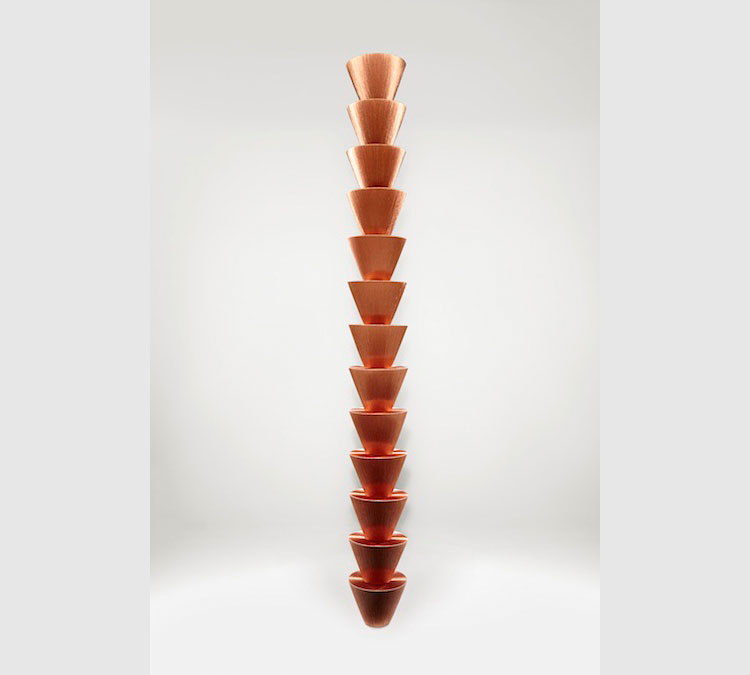From Michael Pollan: Cooking Matters on the Food Programme from June 2013
The decline in home cooking does parallel with women entering the workforce, [… since the 70s …] the food industry, who had been trying to insinuate itself into our households for a very long time – for about a hundred years, without too much success – recognised there was an opportunity here, and they stepped forward and said ‘We’ve got you covered, we’ll do the cooking. You don’t have to do it, and you don’t have to argue about it anymore’. The symbol of this for me is this amazing billboard that Kentucky Fried Chicken erected in the 70s with giant bucket of fried chicken, underneath a two word slogan ‘Women’s Liberation’. And they identified themselves with the aspirations of women, and they also redefined not cooking as a progressive thing to do. They found a tension and then relieved it. This isn’t to blame feminism for the collapse of home cooking, it’s to suggest that the industry used the rhetoric of feminism to get into the kitchen.





























